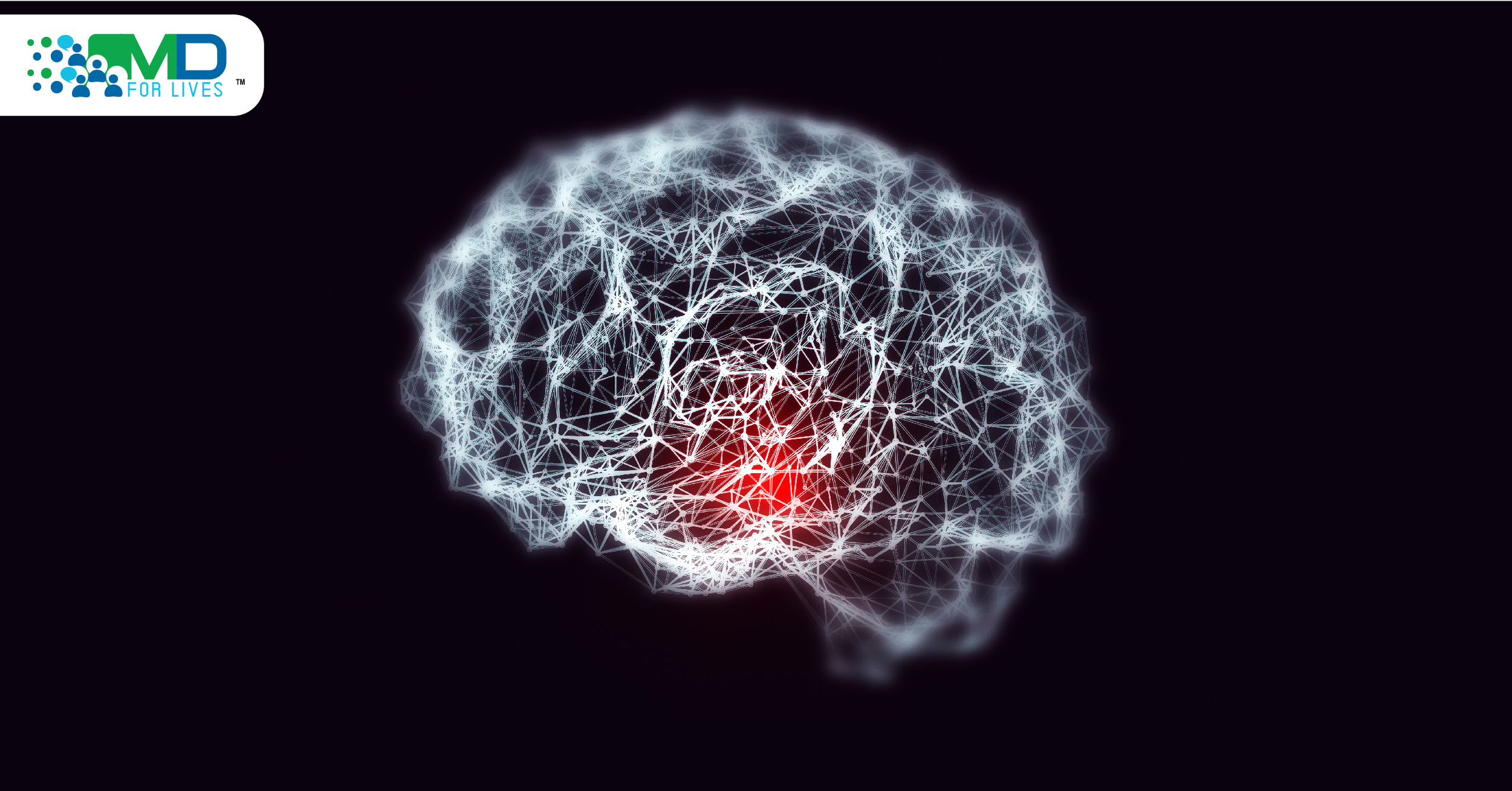A new study from the Netherlands considered whether patients who need acute psychiatric care can be treated at home rather than in a hospital. The results showed that, under the conditions of the local healthcare system and the patient population in the study, mental health crises could be successfully addressed at home.
Mental Health Crisis & Study
In the Netherlands, hospital care for acute psychiatric crises is still standard. However, intensive home treatment has been offered in part of the country for several decades and there are several published studies. The recent study was published in The Lancet Psychiatry on June 29, 2022, and aimed to learn more about the effectiveness of at-home treatment.
How was the study done?
The study was a randomized, controlled, double-consent Zelen trial. The double-consent Zelen trial design involves randomization of a prospective participant to a treatment before informed consent is sought; the individual can then accept or decline the use of the assigned treatment. Double-consent Zelen design is sometimes used to gather real-world evidence to compare interventions that may differ in patient acceptability and that are available outside the context of the trial. In some cases, Zelen trials can facilitate participation of a wider range of patients compared to standard randomized trials, which often recruit restricted patient populations.
The trial included 246 participants aged 18 to 65 and was conducted in two centers in Amsterdam. After evaluation by a psychiatrist, patients experiencing a mental health crisis were randomized to either the usual hospital treatment or intensive in-home treatment tailored to the needs of the patient. Informed consent was sought as soon as the patient was mentally stable and within 14 days.
The patients themselves, patients’ families, and members of a multidisciplinary team were involved in developing the intensive in-home treatment plans.
Mental Health Crisis Study Results
Patients who received intensive in-home treatment (N=183) had a similar rate of adverse events (8% of patients) compared to those who received standard care (N=63; adverse events in 8% of patients). Three patients (2%) died by suicide in the at-home treatment group compared with two patients (3%) in the standard treatment group.
By one year after enrollment, patients in the treatment at home group spent 36% fewer days admitted to a hospital (mean of 42 versus 67 hospital days, p=0.033).
How has this Approach been used elsewhere?
The treatment-at-home approach to the psychiatric crisis has been used in other European countries, Canada, Australia, and elsewhere in the world, but has been uncommon in the US. Compared to hospital treatment, in-home treatment can potentially reduce costs and help overcome a lack of psychiatric bed space in hospitals. However, it does depend on the availability of a multidisciplinary team of mental health professionals who can visit the patient’s home.
In-home treatment can help uncover and address social, economic and environmental triggers of a mental health crisis that are difficult to identify or remediate in a hospital. The strategy can help patients and their families lessen the risk of future mental health crises occurring after the current crisis has been resolved. In addition, hospital treatment can be stigmatizing and can cause logistical burdens for patients and families, and many patients prefer to receive services at home.
In the US, some in-home mental health services are available, such as services for children and adolescents at risk of being removed from their homes. More research is needed to determine whether in-home treatment for adults that provides an alternative to hospitalization could become part of US healthcare.
Also Read

MDForLives is a vibrant community of healthcare professionals and patients dedicated to shaping the future of healthcare. We provide valuable global insights to healthcare companies through online surveys, interviews, and discussion forums.






